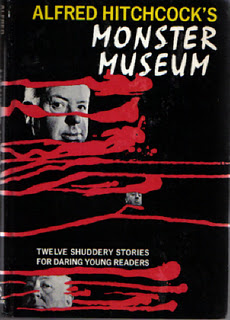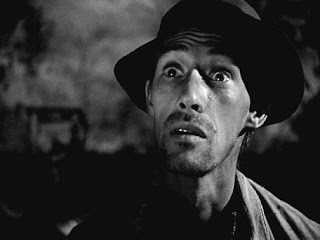I rigged up a means of back-lighting them, so as to take digital pictures. Here is one of a painting of William Burroughs, which I painted from a drawing in the late 80s. At the time I was living in Portland, Oregon. Burroughs was active at that time, giving readings and signing books. I was able to draw him in the large coffee bar of Powell's books (at that time the coffee bar concept in bookstores was new if not unique.) I drew a number of sketches of him as he signed books, and even gave him one.
I wonder what ever happened to this painting. As I look through the slides I note that many works are "lost." That distinction is always interesting to read in art history books, for example. Location: "lost." One imagines works hidden in a crypt in Eastern Europe, spoils of war to generals have died long ago, taking their secrets with them. Or, more probably, lost in an inferno or a bombing raid. Many of my early paintings have vanished in fires, but that can be subject for another posting.
Back to Burroughs:
For nearly a decade after I painted this, the elder Beat lived on, always part of the culture, despite his age. His longevity seemed very powerful, owing to his mummified looks. When he finally died in 1997 he seemed a good 10 or 20 years older than he actually was (83.) In Beat years, you might say he lived to 160 years old (if you measure him alongside the quick-burning likes of Neal Cassady.) Around 1999 I went back to Powells Books and sold a book signed by him that day I did the drawing for this painting.
























